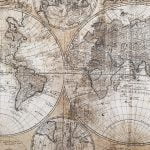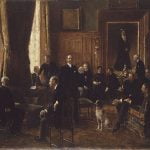Article made by Eleonor Nolan.
November 16, 2020.
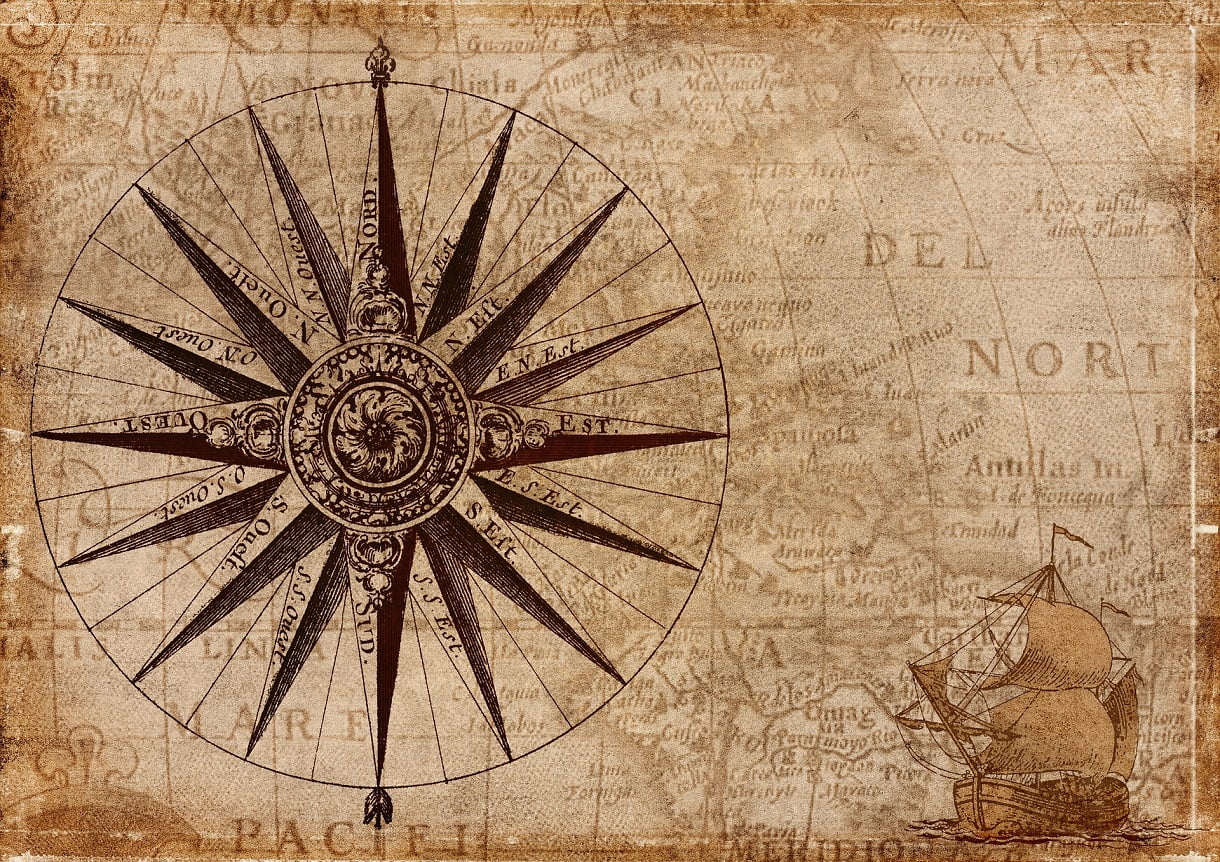
Ancient, from the IV millennium B.C to the year 476 A.D
First indications of written communication
It is well known that one of the first resources that man used to express himself was drawing and cave painting. Some consider that this practice had a merely artistc purpose; for the pleasure of generating a graphic representation of what he saw in nature. But there is also the theory that these symbols were part of a language in which, in the absence of letters, each had a special meaning.
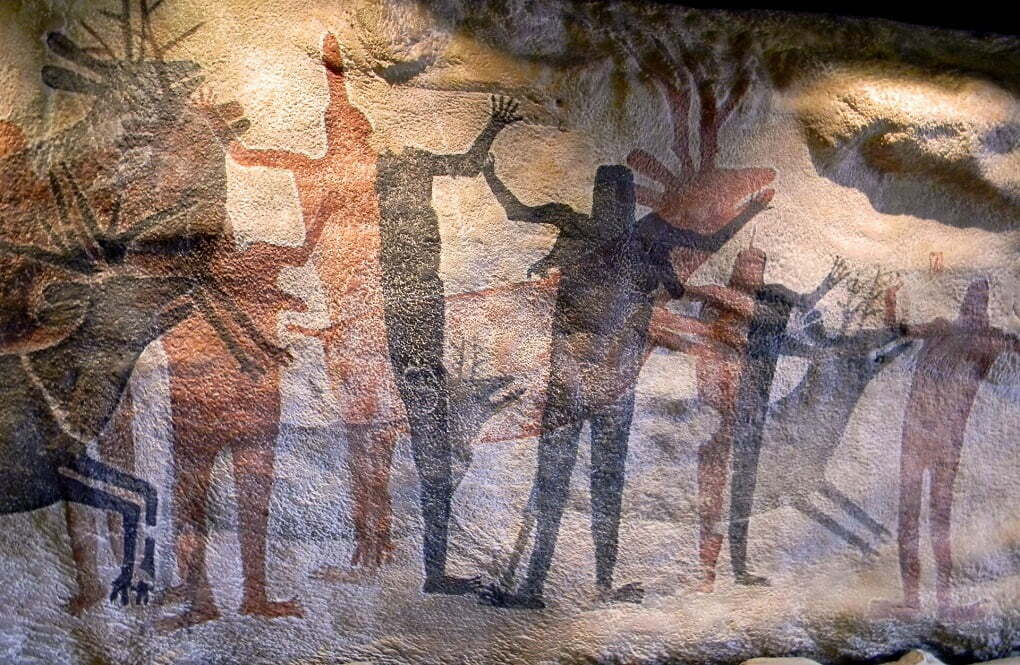
This theory, although it is difficult to verify, is otherwise quite logical since when human beings had the opportunity to formulate their thoughts by drawing specific lines whose union formed something similar to what we call today “words”, this method consolidated as the main one for communication between the members of each culture.
Early Civilizations
Mesopotamia; Origin of Scripture (3200 BC – 1 AD)
Man has always had religious beliefs, and in the ancient times they used to confuse the different manifestations of nature (such as, for example, a storm) with the designs of a higher entity.
The first writings that can be considered “literature” were hymns in praise of different gods. The closest examples were found in Mesopotamia and date back to 3000 B.C. These were made on clay boards that were then placed in a oven to dry. The primitive culture used to file this manuscripts; in this way the first libraries began to emerge.
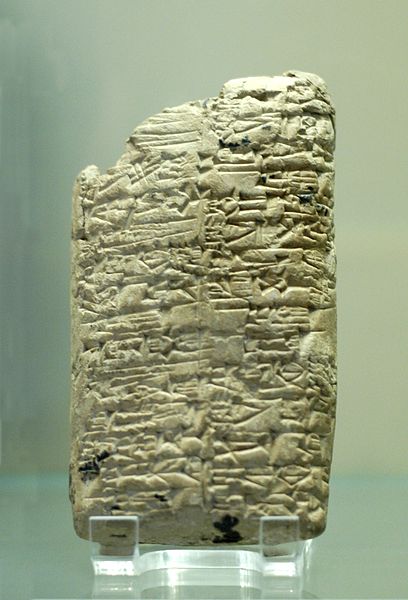
It should be clarified that the first civilizations used these tables almost exclusively to carve different accounts on it, so only few of them contain writings. As time went by, this practice spread to Greece and Rome, where Western literature itself was born.
Who were the Protagonists of these ancient writings?
As we have already said, writing originally had a religious purpose; the primitives used to invoke one or more gods to beg them to have mercy on their populations. But later the man gradually assumed the main role in those writings. It became habitual for them to create stories were there was a human hero who was subjected to the tests that those gods imposed on him.
Greece; poetry and prose (800 BC – 300 BC)
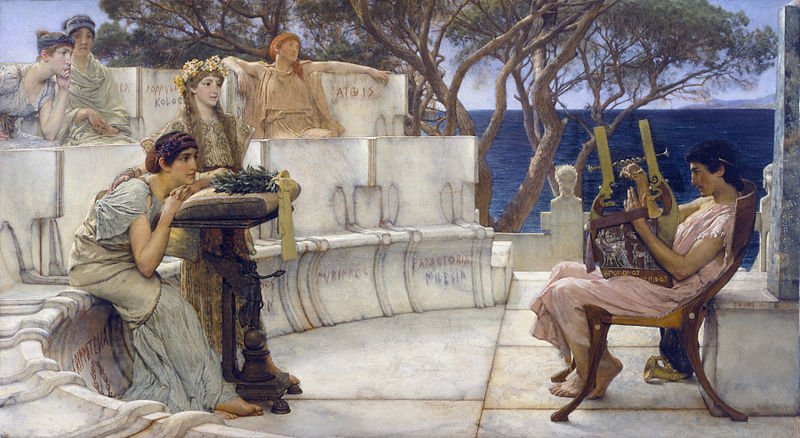
Picture: Sappho and Alcaeus, by Lawrence Alma. Source: Walters Art Museum. Image Creative Commons Attribution-Share Alike 3.0 Unported License
Three styles of poetry stood out: epic, lyrical, and dramatic; this last one gave rise to theatrical performances (comedy and tragedy)
Epic poetry was characterized by describing warlike episodes, and among its copies we found the Iliad and the Odyssey, both written by Homer (approximately 2500 B.C).
Lyrical poetry, on the other hand, instead of being recited, was sung, and its themes were more varied than epic poetry (the writings that have been found date from 500 B.C).
Finally, dramatic poetry, as already mentioned, allowed the theatrical genre to emerge. The writings were intended to praise the god Dionysus (god of wine). Three authors carried out with their works the most important modifications of the Greek tragedy; Aeschylus, Sophocles, Euripides. The first introduced dialogues between the characters, while the last two oriented the discourse towards the dilemmas of man. Tragedy and comedy in ancient Greece had a purpose of civic instruction, social criticism, as well as a cathartic one (in regard to this last, the public, by identifying with the characters in this plays, experienced a liberation from their anguish and sins).
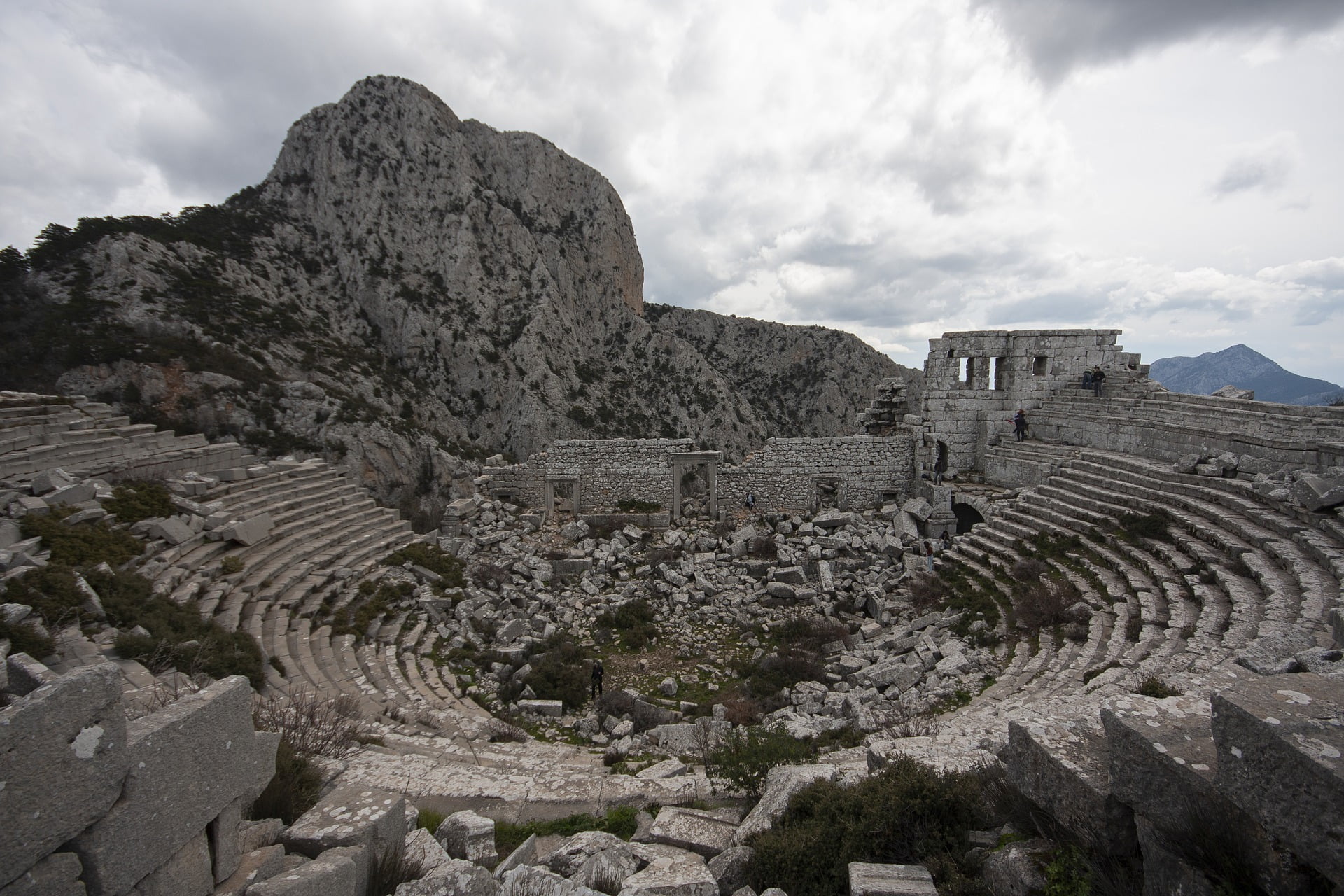
Meanwhile, different prose writings also emerged in Greece, including treatises on history and philosophy. Both appeared from the year 500 B.C; or at least that is what is deduced from the samples that have been founded. Among those authors who devoted themselves to the study of history we can mention Herodotus and Thucydides, while among those who opted for philosophy, Socrates, Plato and Aristotle stood out.
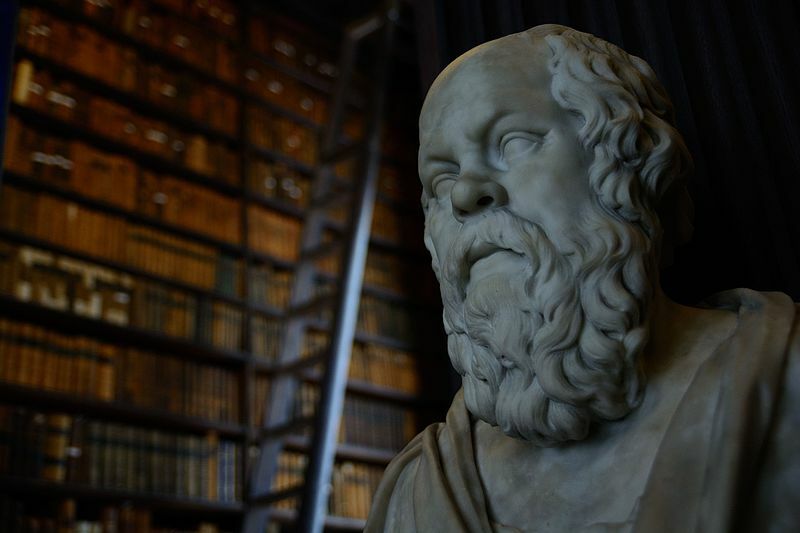
The Roman Empire and Classical Antiquity (30 BC – 476 AD)
Greece was under Roman rule between 146 and 395 AD. The Roman Empire assimilated Greek culture and began to imitate the style of their theatrical performances. Unlike the Greeks, the Romans were inclined towards comedy leaving aside the tragedy. For their part, they introduced some modifications to this genre.
First of all, the interest of the Romans was to represent plays whose theme would served as entertainment in contrast to the moralizing purpose that they had in Greece. For this reason, it was no longer associated with the gods. Secondly, great care was also taken in the scenery of the scenes and in the costumes of the actors, since the show had to be really attractive to the public.
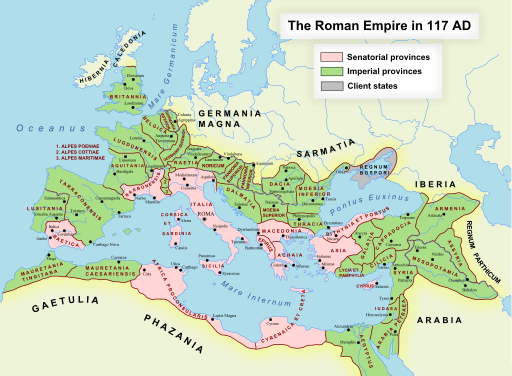
How did the Roman Empire influence the development of Western literature?
As well as Greece, other territories became part of the Roman Empire. For this reason, what we know as Romance languages (those based on latin) spreaded throughout much of the West of Europe. The Roman Empire consisted of what we know as Spain, France, a large portion of Great Britain, and also extended to a small section of Asia Minor and Africa (within which Egypt was included). The Roman Empire conditioned the subsequent development and evolution of literature in Europe based on the Greco-Roman traditions. The Roman Empire reigned from 27 B.C to 1453 A.c; with its downfall began the Middle Ages.
Middle Ages, 5th to 15th century A.C: THE FALL OF THE ROMAN EMPIRE
When the Roman Empire lost its power over the territories it had conquered, the traditions of Greece and Rome were forgotten. Therefore, at the Middle Ages there were not much progress:
- Literature was limited to liturgical work, while in the field of the profane two poetic genre emerged; the Romances and the “Chansos de Geste” (these arose in Provence and were sung by troubadours in the courts).
- Street musicians, known as minstrels, also appeared (they sang other poems than those mentioned in the previous point).
- The development of the tale as a narrative structure began to take shape.
Emergence in the year 1000 of the Romances in Brittany (Legends About King Arthur) and in Rome. Emergence of the “Chansos de Geste” (“Courtesy love”) in France.
These poetic genres, according to their place of origin, had certain characteristics. They arose in three geographical locations where they gained great influence: Britain, Rome and France. The Romances of Britain took up Celtic legends (among many others), and all those about King Arthur and the Knights of the Round Table. In Rome, the mythological stories of Ancient were preserved. In France, finally, the “Chansos de Geste” appeared. This were poems recited by musicians of aristocratic origin who received the name of troubadours. Besides their high social class, the troubadours differed from the minstrels in the fact that their works, both poetry and instrumental accompaniment, were on paper, so their performances were always faithful to the original.
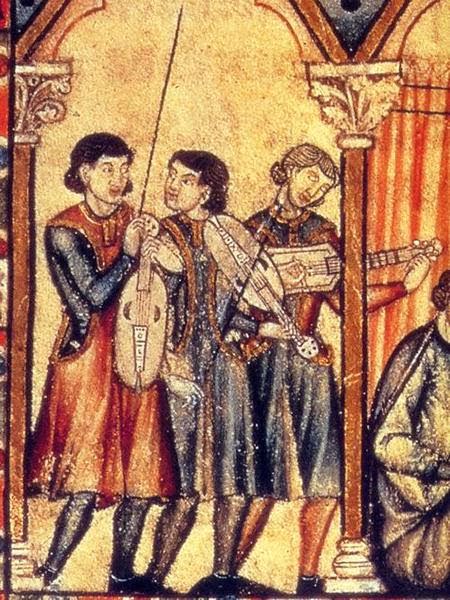
The poems of the troubadours narrated romantic stories that were called “Courtly Love”. In this stories a woman of aristocratic origin was the love interest of a man of also noble birth. This affaire was always the fruit of adultery. The “Chansos de Geste” spread to areas of Spain and Italy by commissions by rich ladies who paid musicians to compose them.
These two types of Romances, as well as the “Chansos de Geste”, were very popular in the 11th and 12th centuries A.C, and became the basis on which Renaissance’s poetry would be consolidated.
The minstrels, commoner musicians
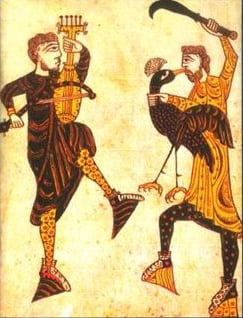
In France, also in Provence, not only troubadours stood out but also the minstrels, as we have already mentioned. While the troubadours were of high social class, the minstrels were of humble origins and lived in poverty. They also dedicated themselves to singing poems accompanied by musical instruments. Their poems, as well as the melody on which they were based, were not written but were transmitted by oral tradition and frequently subjected to improvisations by their interpreters.
Tales in verse and in prose; year 1300
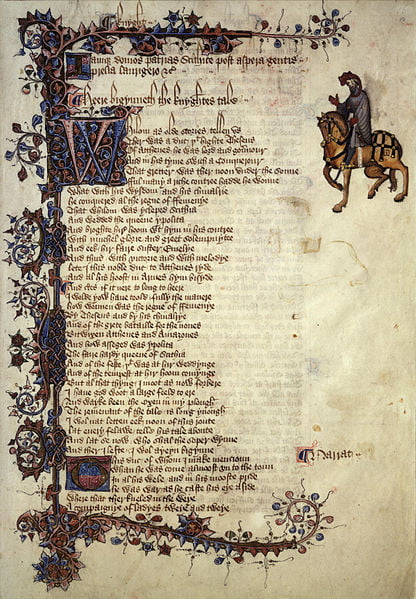
Its most recurrent themes were the same as those of the Romances. A well-known example is “The Canterbury Tales” written by the Englishman Geoffrey Chaucer in the XIV century. In this literaty work, most of the short stories are written in verse except for two that are in prose.
Prose began to be used as a linguistic expression from the adaptation of the narrative of the Italian “Novella”. This genre consisted of writings of an intermediate length between the stories and novels of nowadays. The Italian “Novella” took the everyday life as a source of inspiration. Its themes were legends, love intrigues, etc., but its tone was satirical. Although it is unknown how the “Novella” arose, it is likely that it grew out of Greek heritage in prose usage that the Romans received. To conclude, it must be said that the Italian “Novella” is the predecessor of today’s novels.
Bibliography
-Ancient Greek Literature. Downloaded from: https://www.ancient.eu/Greek_Literature/
-Cycle. Downloaded from: https://www.britannica.com/art/cycle-literature
-Courtly love. Downloaded from: https://www.britannica.com/art/courtly-love
-Greek literature. Downloaded from: https://www.britannica.com/art/Greek-literature
-History Stories. Downloaded from: https://www.history.com/news/what-is-the-oldest-known-piece-of-literature
-La materia de Bretaña. Downloaded from: http://www.cervantesvirtual.com/obra-visor/la-materia-de-bretana-2/html/a0963b59-74bb-4734-959e-6b9e53c7f414_2.html
-La materia de Bretaña y los modelos historiográficos: el caso de la General estoria. Downloaded from: https://journals.openedition.org/e-spania/22707
-Latin literature. Downloaded from: https://www.britannica.com/art/Latin-literature
-Literature. Downloaded from: https://www.ancient.eu/literature/
-Medieval Literature. Downloaded from: https://www.ancient.eu/Medieval_Literature/
-Medieval Literature. Downloaded from: https://www.britannica.com/art/Western-literature/Medieval-literature
-Medieval tales from many lands. Downloaded from: https://www.thehistorypress.co.uk/articles/medieval-tales-from-many-lands/
-Minstrel. Downloaded from: https://www.britannica.com/art/minstrel
-Mesopotamia. Downloaded from: https://www.ancient.eu/Mesopotamia/
-Mesopotamian Science and Technology. Downloaded from: https://www.ancient.eu/Mesopotamian_Science/
-Novella. Downloaded from: https://www.britannica.com/art/novella
– ¿Por qué los prehistóricos dibujaban en las cuevas? Downloaded from: https://artsandculture.google.com/exhibit/lQJiKr1gnrB2LQ?hl=es
-Provençal literature. Downloaded from: https://www.britannica.com/art/Provencal-literature
-Roman Empire. Downloaded from: https://www.ancient.eu/Roman_Empire/
-Romance. Downloaded from: https://www.britannica.com/art/romance-literature-and-performance
-Roman Literature. Downloaded from: https://www.ancient.eu/Roman_Literature/
-The Canterbury Tales. Downloaded from: https://www.ancient.eu/Canterbury_Tales/
-The Origins of the Narrative Structures in the Chansons de Geste: Methodological Notes on Joël Grisward’s comparativism. Downloaded from: https://journals.openedition.org/peme/4321
